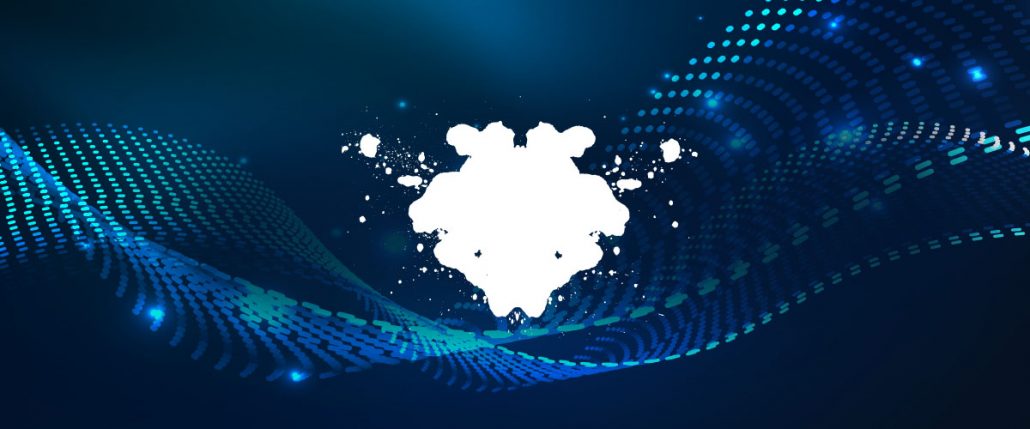
Participate in a discussion about the impacts of rapid changes on society and businesses, pushing new development of better and more effective cybersecurity.
Think about your life without computers and other digital devices we now take for granted. If you took inventory, how many devices are in your business, at your home and on your person right at this moment? Now consider the experience of earlier generations; their entertainment, travel, communication, and even simple things like reading a newspaper or a book.
Industrial Revolutions change lives and produce excellent opportunities for growth for individuals and society. We have experienced five so far, with the first starting around 1750 and the fifth rolling out only a few years ago. So, we’re very well experienced in recognizing their implications and absorbing their benefits as well. We’re also experts in evolving from the enormous disruptions they bring.
First and Second Revolutions: The Evolution of Industries
The First Industrial Revolution was the harbinger of a massive wave of innovation. Factories sprung up in major cities, and people began producing more products than ever before. But as productivity increased, the number of jobs decreased, and the living standards of specific segments of society fell hard. Eventually, society (and economics) filled in with new jobs that serviced fledgling heavy industries. Companies needed more skilled workers to build the machines that made more machines. As a result, high-paying jobs returned, and society recovered.
But then came the Second Industrial Revolution, also known as the Technological Revolution, because it ushered in a phase of rapid scientific discovery and industrial standardization. From the late 19th century through much of the early 20th, mass production transformed factories into conveyors of productivity. As a result, while we endured a new phase of job losses and societal upheavals, we also saw the rise of highly skilled workers and higher-paying jobs that afforded better homes and greater mobility.
Third and Fourth Revolutions: The Evolution of Modern Society
The Third Industrial Revolution began in the later parts of the 20th century as the need for better automation triggered the advent of electronics, then computers, followed by the invention of the Internet. Technological advancements began fundamental economic transformation and, along with it, greater volatility. In addition, new methods of communication converged with rapid global urbanization and new energy regimes such as renewable sources.
Then came the Fourth Industrial Revolution, which some argue ended just before the pandemic. The blaze of technological advancements from the previous period facilitated the introduction of personal computing, mobile devices and the Internet of Things (IoT) – developments that forced us to redefine the boundaries between the physical, digital, and biological worlds. Advancements in artificial intelligence (AI), robotics, 3D printing, genetic engineering, quantum computing, and other technologies added to social pressures that blurred traditional boundaries to the point of confusion.
The Fifth Industrial Revolution: Societal Fusion
Many global thinkers believe we are in the throes of a Fifth Industrial Revolution (also “5IR”) that inaugurated new metrics for productivity that go beyond measuring the output of humans and machines in the workplace. We are witnessing a fusion of human abilities and machine efficiencies in this context. The physical, digital and biological spheres are now interchangeable and intertwined. So, it’s not just about connecting people to machines but also about connecting devices to other machines, all in the name of human creativity and productivity.
One remarkable aspect of 5IR is that it is happening at an unprecedented rate. For example, accelerated by the COVID pandemic, remote network and wireless communication saw an enormous surge as Work-From-Home became a permanent fixture for the Western workforce; thus, workplace and home were fused. And along with that fusion came education and home. But other fusions are more challenging to discern, such as information and misinformation, news and propaganda, political action and terrorism, and so on, which leads us to the fusion between crime and cybersecurity.
Learn and Explore the Impacts of the 5IR and Cybersecurity
Interestingly, a very high percentage of successful ransomware hits are due to people bypassing or ignoring cybersecurity protocols simply because they don’t believe they could ever become a victim. Unfortunately, the same can be said about organizations that have not yet prioritized updating their security technology. Many owners and managers don’t understand the threats and think that ransomware only happens to bigger companies. Current threat reports prove that the impulse to avoid and dodge better cybersecurity is incorrect, and that’s the part that we’re struggling with the most.
The $10.5T question (est. cost of cybercrime per year by 2025) is how much effort we will expend to correct this trend. Cybercrime is one of the most complex byproducts of our “revolutions.” As a result of the surge in new threats, technology and behaviour is rapidly evolving. Taking responsibility and deploying new cybersecurity technology will help us mitigate today’s risks.



